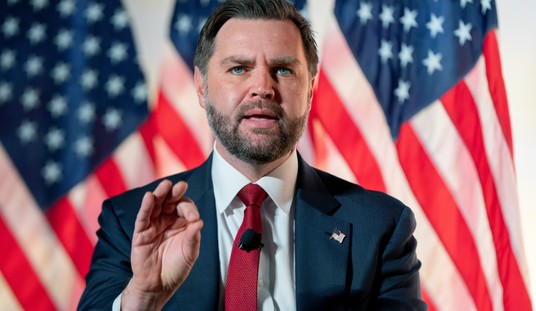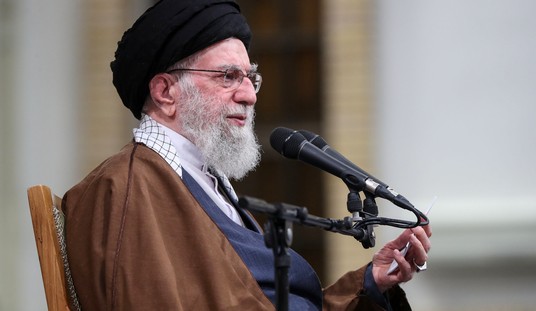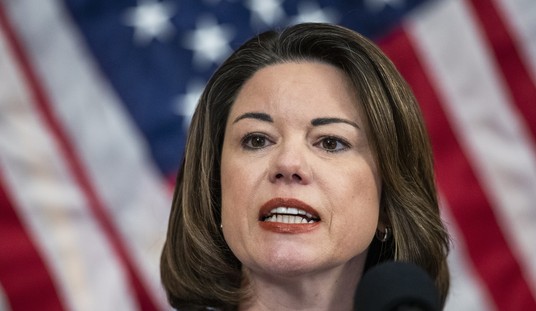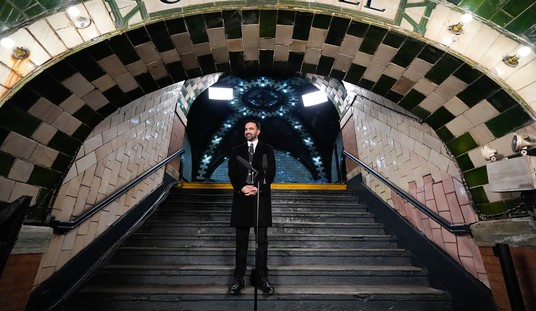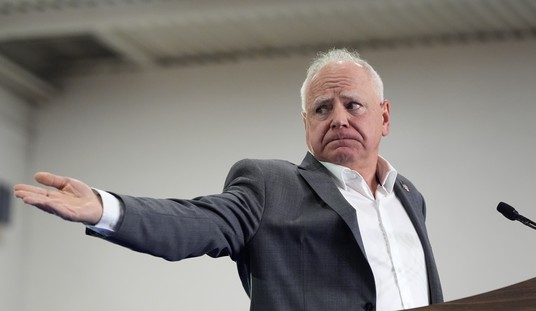Once upon a time, it was 1977, and women's tennis was becoming its own sports juggernaut. You had your Chris Everts and your Billie Jean Kings. You even had oddball Bobby Riggs, who'd managed to work his way onto the scene a few years before with the Battle of the Sexes. That was quite the spectacle. But new on the scene in '77 was one Renée Richards.
One of the earliest high-profile transgender athletes was tennis player Renée Richards. Already a promising tennis player in the men's circuit, Richards underwent gender reassignment therapy in 1975 and started playing in women's tournaments a year later pic.twitter.com/TOL3Ly5M7w
— Ingrid Abuchaibe. (@Ingrid77980505) April 6, 2025
Now, Renée was an older competitor, like 40 or something, so Renée never competed against Navratilova or the other two aforementioned athletes. But Richards had a really, really strong left-handed serve, and Richards went on to have a pretty successful career in the over-35 women's category. And at one time before retirement in 1982, Richards was ranked 20th in the world.
And, oh yeah, Renée Richards was born Richard Raskind.
Renee Richards (formerly Richard Raskind) was highly ranked men’s tennis player who underwent a “sex change” operation & was granted court order by NY Supreme Court to allow him to compete against women at US Open in 1977 (after he refused to take Barr test to qualify). pic.twitter.com/wxN8PlXPNJ
— Aimee Terese (@aimeeterese) April 20, 2023
Back in the Beforetime, when we still had V8s and Jarts, there began a movement in the sexual revolution about homosexuals and their desire to be accepted in society. This kind of became a nationally recognized thing about Sgt. Leonard Matlovich. Eventually and over the years, homosexuality lost most of its stigma, and today, a lot of us don't see it as a big deal for consenting adults. Nobody cares. Do what you want. And by the way, don't push it on my kids.
But the movement progressed, and in 1977, Richard Raskind came out as Renée Richards and wanted to compete with the professionals in the women's division of the US Open. And initially, the powers that be denied him the privilege. It took a trip to the New York State Supreme Court to reverse the rules. Launching a career in women's tennis then, Richard went on to beat a lot of the ladies during his career.
Like trying to find Patient Zero with a communicable medical condition, today's nonsense about men in women's sports can be traced right back to 1977 when Renée Richards was granted the right to compete with ladies in pro tennis. And that's where it all began. The interesting thing, though, is that for Richards, this isn't where it all ended. More later. But suffice it to say he was at least committed to action. So today, if you're a man who wants to be a woman, the only thing required is that you say so.
"I identify as a woman."
Pouf! There, now you're a woman. (Thank you, Fairy Godmother.)
You let your hair grow out and you put on some makeup, Et voila! However, in 1975, Richard Raskind really, really, really believed he was a woman to the point that he actually had sex change surgery. And I think you have to give him credit for that. He had convictions and he followed through, committing himself entirely to his beliefs. But today, few "transgender women" have that surgery. Most prefer to just say "Uhhhh... No, thanks. I'm good."
RELATED: 'It Is Cheating': Piers Morgan Calls Out Transgender Athlete to His Face
Aaron Rodgers Doesn't Mince Words While Denouncing Men in Women's Sports
Okay, so Raskind played pro tennis as a woman, did well, retired in 1982, and returned to a career as an ophthalmologist. What does he believe today? Well, before I get to that, look at what Martina Navratilova (a prominent activist for LGBT, etc. issues) had to say about the matter in a 2019 interview with The London Times
"I am happy to address a transgender woman in whatever form she prefers," Navratilova wrote, "but I would not be happy to compete against her. It would not be fair.... It's insane and it's cheating."
In response to that, Navratilova was flamed thoroughly, according to Sports Illustrated.
The response was swift, forceful and often vicious. Social media did its thing. Transgender athletes from Sydney to Seville demanded apologies and retractions. Navratilova gave neither. Then, despite her status as a gay-rights titan—and perhaps the first athlete to come out in the prime of her career—she was dropped by Athlete Ally, an LGBT advocacy group, over her "transphobic" take.
More from The Times' interview with Navratilova
To put the argument at its most basic: a man can decide to be female, take hormones if required by whatever sporting organisation is concerned, win everything in sight and perhaps earn a small fortune, and then reverse his decision and go back to making babies if he so desires...Simply reducing hormone levels — the prescription most sports have adopted — does not solve the problem. A man builds up muscle and bone density, as well as a greater number of oxygen-carrying red blood cells, from childhood. Training increases the discrepancy. Indeed, if a male were to change gender in such a way as to eliminate any accumulated advantage, he would have to begin hormone treatment before puberty. For me, that is unthinkable.
But any challenge to The Orthodoxy will not be tolerated. And Navratilova received, as she put it, "A lot of s**t." As an adult, she handled it well enough online and also received a good deal of support. Some of that came from an actual physician....a surgeon, no less (who said):
"...that transgender athletes who take hormones but have not undergone sexual reassignment surgery are conferred an unfair competitive advantage against a field of females, mostly because of their muscle mass...It is just biology. Men have 10 times the amount of testosterone that normal women have. [The peer-reviewed journal Clinical Chemistry has that number at seven or eight times.] Now you want to get rid of that testosterone? O.K., but then it is going to take a couple of years for that to equilibrate. And men still have a larger frame with a larger cardiac output, a larger lung capacity."
And that surgeon was none other than Richard Raskind/Renée Richards himself.
This is Patient Zero for the problem that exists in women's sports today, who, after the wisdom of age, now states that a man in women's competition has clear physical advantages over his competitors. It's sort of like the Godfather of Grunge going back and saying that his earlier music was crap. (Which a lot of it may have been.) Still, self-repudiating the facts that got Richards the fame he received decades ago hasn't prompted him to return the trophies or the money, or even apologize to the people he beat along the way. Instead, he considers himself a reluctant pioneer and supporter of LGBT, etc. issues, saying:
"I became a public figure, a reluctant pioneer, for all of the disenfranchised groups in the world, no matter whether they were transgender, gay or lesbian."
And that may be so, even though his entire career of success and advocacy was built on a lie. It's a lot like when Dan Rather got caught 20 years ago with memos that said George W. Bush got preferential treatment in the military, and he reported it as fact. Then, when it was found out to be a lie, he shrugged his shoulders and said, "Well, the papers may have been made up, but the story was still true."
So, nearly 50 years later, and here we are. The Legacy of Renée Richards is that you don't need surgery to affirm your claim that you're of the opposite sex; you just need your own imagination to affirm that you're of the opposite sex. And once you do that, if you're really a biological man, you get to compete in women's sports and beat the daylights out of them.
And feminists, along with academics and school administrators, are perfectly fine with that. Some might get criticized for prosecuting a war on women, but at least they won't get accused of being intolerant. The Orthodoxy has a pecking order after all.



